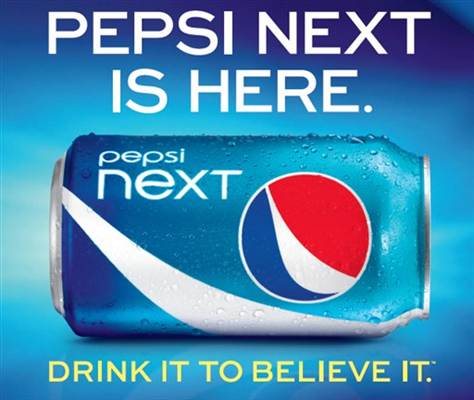I came across a blog post written by Ted Mininni on Popsop that introduced an interesting concept. He believes that with increased segmentation and more consumers ignoring conventional ads, companies should concentrate on packaging. He argues that people are visual and that visual communication is more effective than verbal communication when attracting customers.

I cannot say that I’ve ever went to purchase a product that I’ve heard of through an ad and ended up purchasing another product because of the packaging, which he suggests we all have done. Although packaging is a great way to distinguish a brand, I feel that it usually has very little impact on what I purchase. Maybe subconsciously it does but I feel pricing is a greater concern for me and I often feel that two products that are the same are priced differently just because of the packaging so I’d rather go with the cheaper one if it works rather than the more expensive, flashier product.An example he uses to prove his point is when Tropicana changed it’s packag
ing design and sales plummeted, forcing them to bring back the original design. However, with continued globalizations a visual form of communication would provide a clear and consistent message around the globe whereas verbal messages may be inconsistent.


